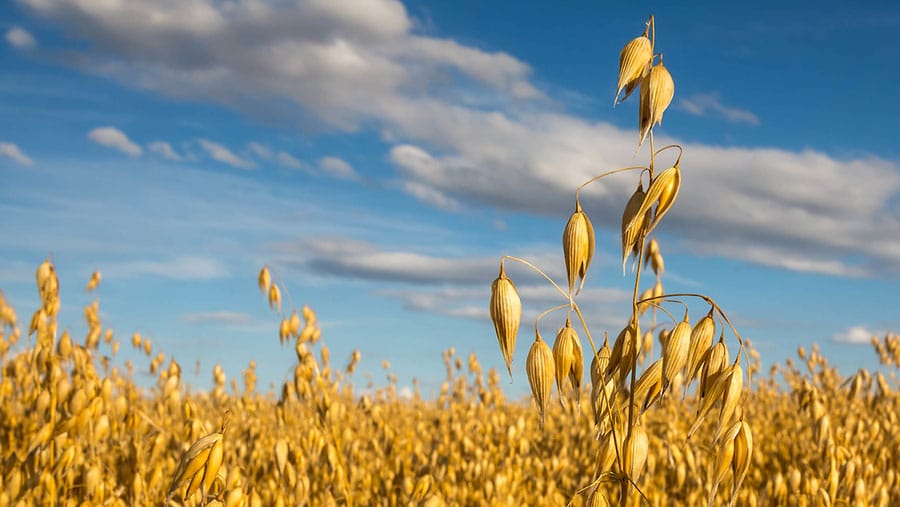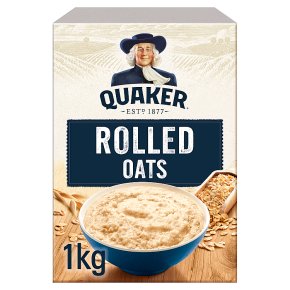This is a thread I recently came upon in a Facebook group concerned with farming in the past. I’ve often wondered about oats and how they fit into our diet and this thread partly explains that…

Ognen Duzlevski: “Hello, I am here because I am trying to figure out how people hulled oats pre-industrial revolution. I have tried hard to find any info on it. We grow oats on our property (a few acres, not much) but I would like to try and use them for something other than feeding our horses. Did people just eat oats with hulls included? If not, how were the hulls removed? Any info appreciated.”
John Whittall: “As a new member I find this very interesting as it demonstrates how knowledge is disappearing. The oat is a basic food that was once very important in areas where wheat does not grow well. So we have threshed the oats and cleaned the grain and now the problems start. Oats have a tough hull and a higher oil content than other grains (7-11% vs 1-3%) which undergo enzymatic hydrolysis and oxidation if the grain is just ground – causing rancid tastes. However heating at 80C for a couple of hours denatures the enzymes and causes the hull to lift. It can then be physically removed by light shaking and willowing. The oats can then be rolled to flakes or ground to oatmeal which will store well. However to cook for porridge this really still needs soaking but the quick oat which we all know was invented where the flakes were steam heated to partially cook and then dried to give us the products we mainly use today. Finally smallholders who grow their own for food tend to use hulless naked oats and grind them fresh to avoid these problems.”

Sally Maynard: “You can still buy rolled oats with the hulls left on for a more nutty taste and I think you’ll find that people ate them in this state back in the old days. Got a feeling that they could also be soaked whole and boiled up like rice but I may be totally wrong here. Worth Googling to see what they were used for in pre industrial days.”
I myself always consider that fields of oat look really attractive, they having a distinctive biscuit-colour when ripe. There has been an increase in recent years of the growing of oats here in Sussex, this fuelled by the growing popularity of oat-based health foods.
